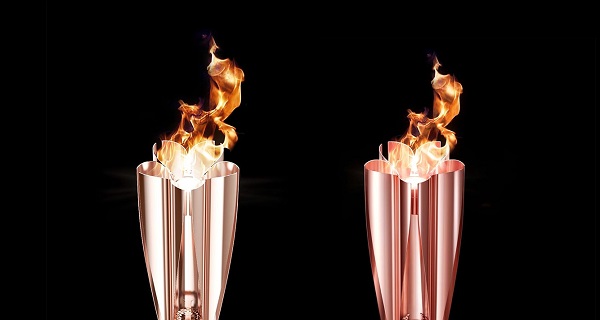TOKYO (Japan): For the first time in the history of the Olympic Games, hydrogen will be used to power both the Olympic and Paralympic Cauldrons and the Torch during part of its journey through Japan.
Tokyo 2020 has put sustainability at the heart of its operations and has consistently promoted energy conservation and the use of renewable energy to support the realisation of a carbon-neutral society.
Hydrogen emits no CO2 when it is burned and is therefore expected to be a key in achieving a low-carbon economy.
- Olympic Games: July 24 (Opening Ceremony) and August 9 (Closing Ceremony)
- Paralympic Games: August 25 (Opening Ceremony) and September 6 (Closing Ceremony)
Tokyo 2020 has already been deploying about 500 hydrogen-powered fuel-cell vehicles for the Games.
It is one symbolic step further for Tokyo 2020 by using hydrogen as fuel for the Cauldron and the Torch. It will include hydrogen produced in a renewable energy sourced production facility in Namie-Machi, Fukushima Prefecture, embodying it with further significance as a new energy for a future full of hope.
These initiatives symbolise the overall effort being made to promote and practice sustainability in the preparations for and operation of the Tokyo 2020 Games.
They will also help to convey to the world the progress towards recovery being made by the disaster-hit areas in the Tohoku region.
On the days of the Opening and Closing Ceremonies and Paralympic Games, a ceremonial cauldron will be set up in the Olympic Stadium.
A similar cauldron will be erected on the Ariake side of the Yume no Ohashi Bridge in the Tokyo waterfront area and will be lit on the days in between.
Both cauldrons will use hydrogen as fuel to power their torches. The hydrogen will be supplied by JXTG Nippon Oil & Energy Corporation, a Tokyo 2020 Gold Partner.











